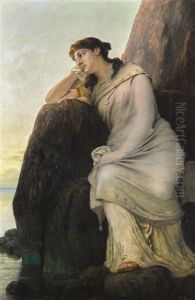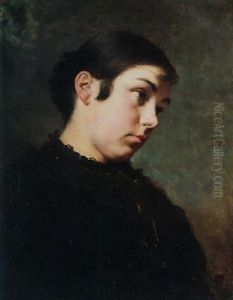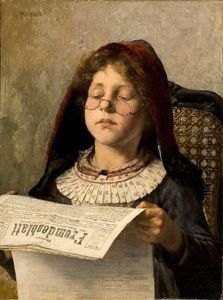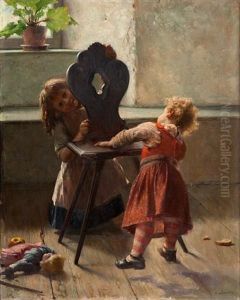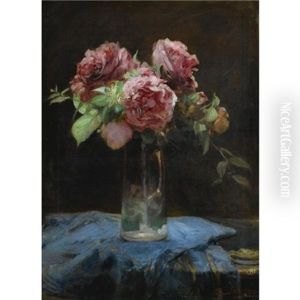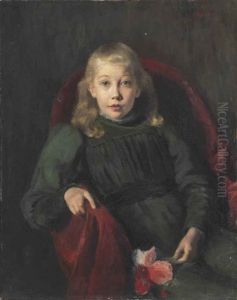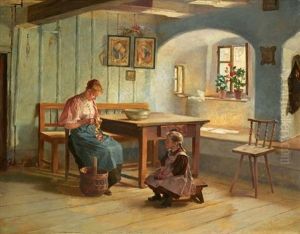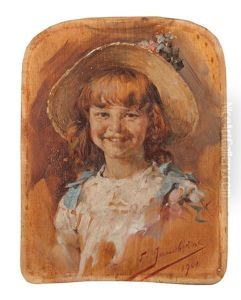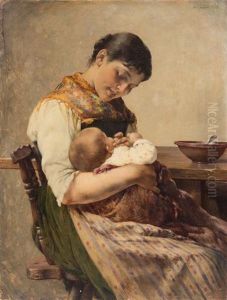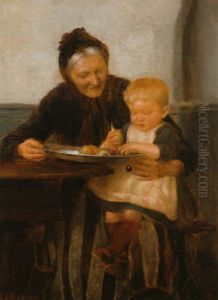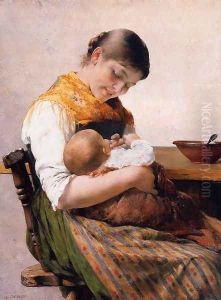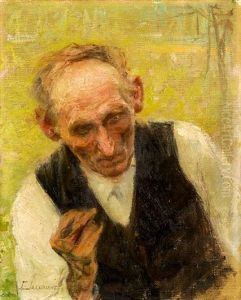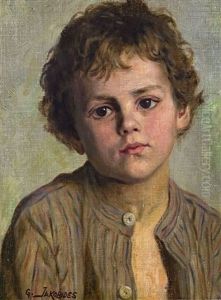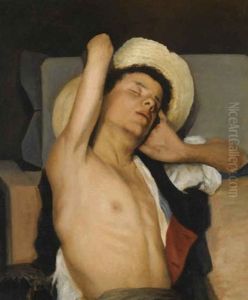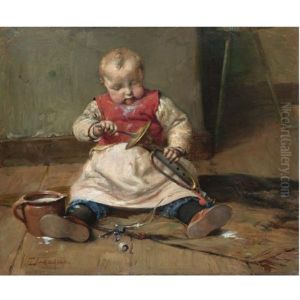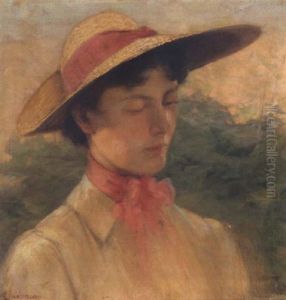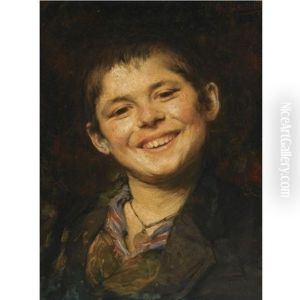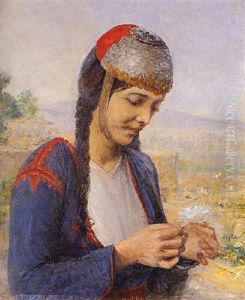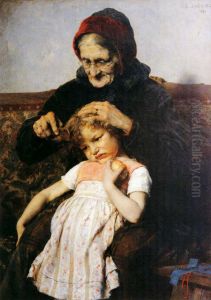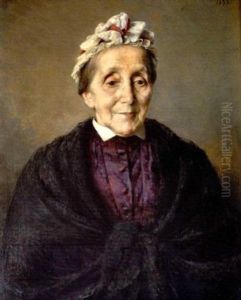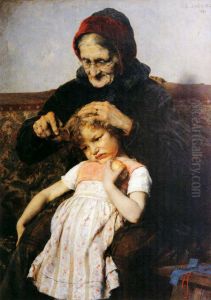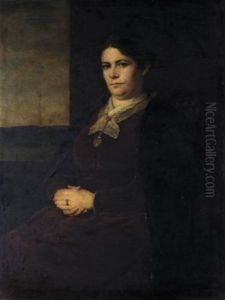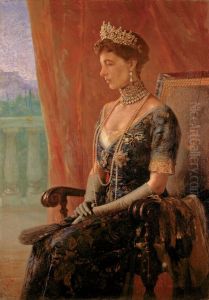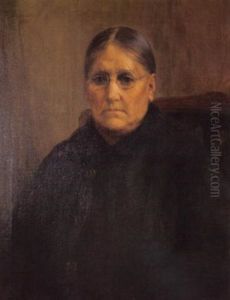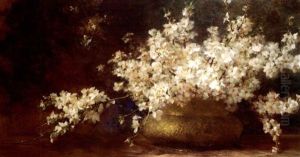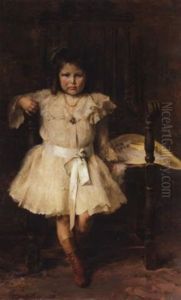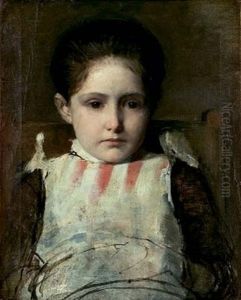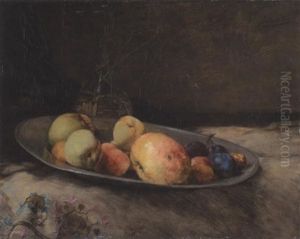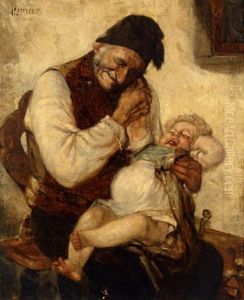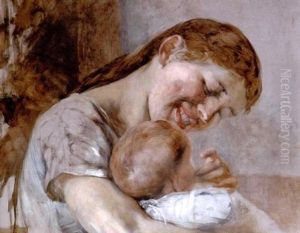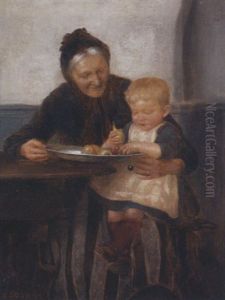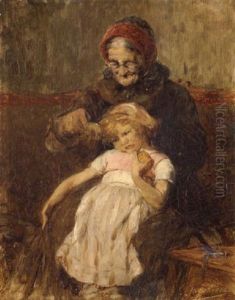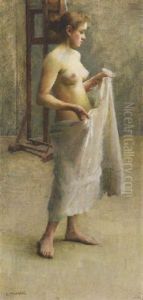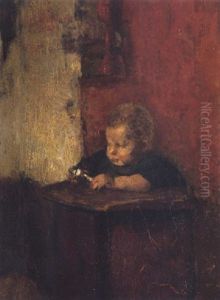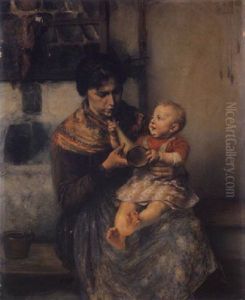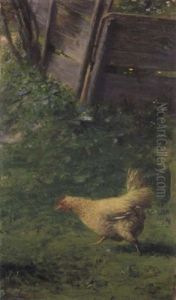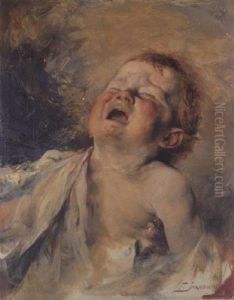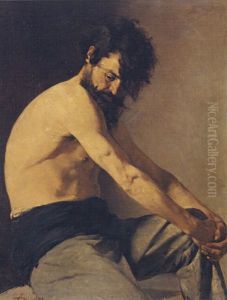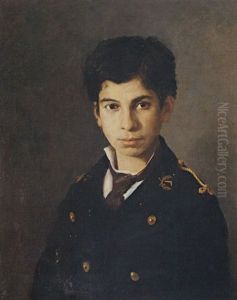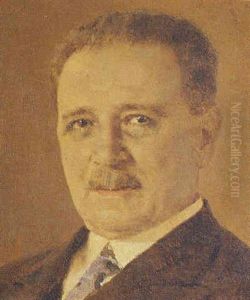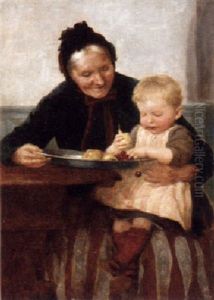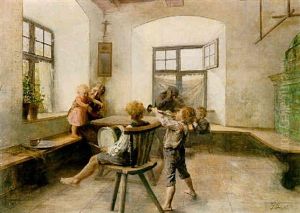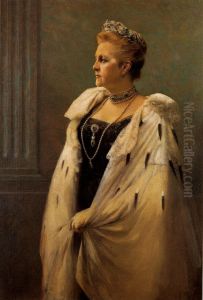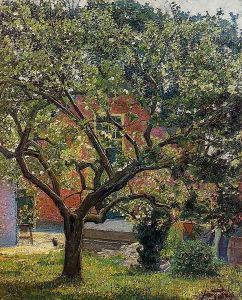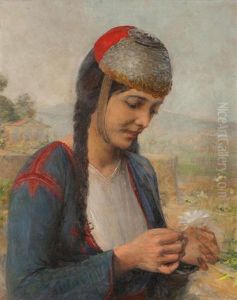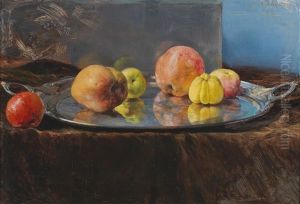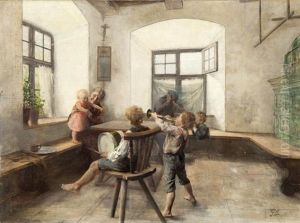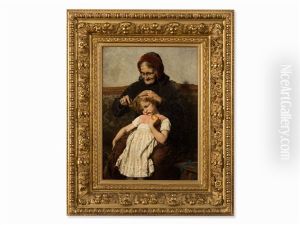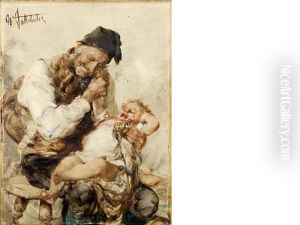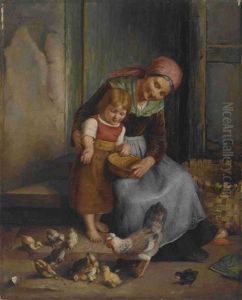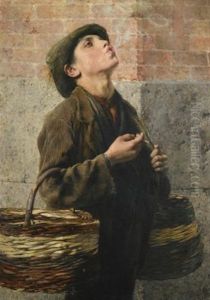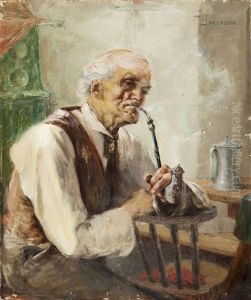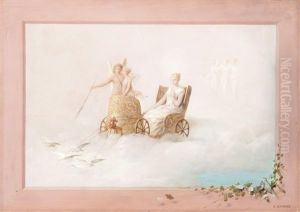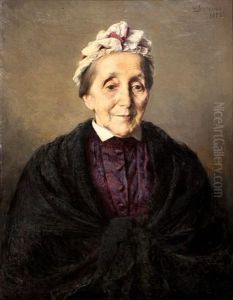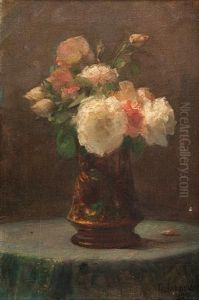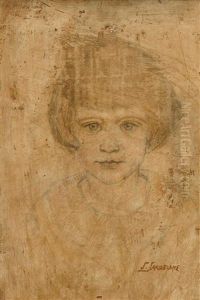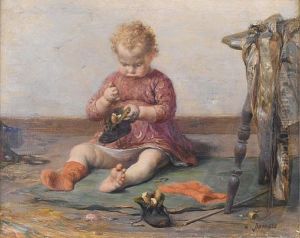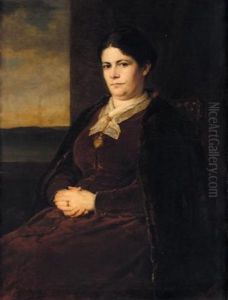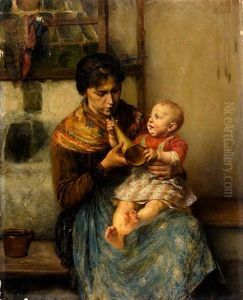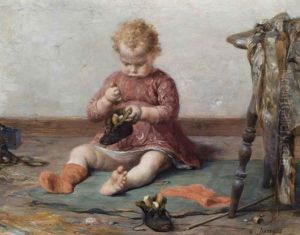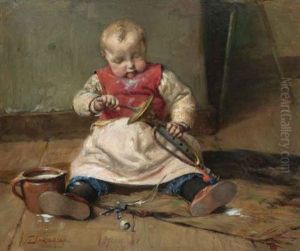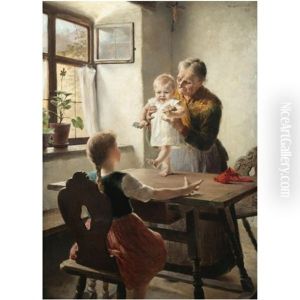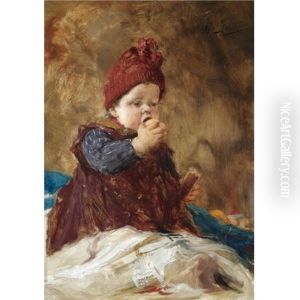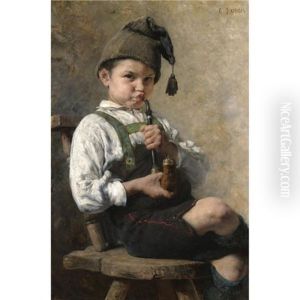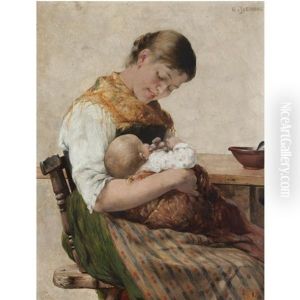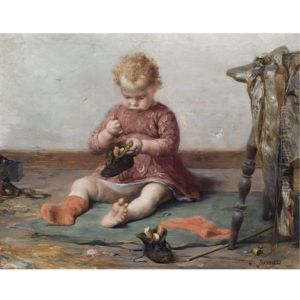Georgios Jakobides Paintings
Georgios Jakobides was one of the most renowned Greek painters of the 19th century, and a significant figure in the Heptanese School of painting. Born on January 15, 1853, in the island of Lesbos, Greece, he developed an early interest in the arts. Jakobides was fortunate to receive his initial education in the arts at the School of Arts in Athens, and his talent was evident from the outset. His potential and skill earned him a scholarship to study at the Royal Academy of Fine Arts in Munich, which was a major center for artistic learning in the 19th century.
During his time in Munich, he was influenced by the academic realism prevalent in German art at the time. Jakobides was particularly drawn to the Munich School style, which was known for its clear form, precise drawing, and use of color. After completing his studies, he lived and worked in Munich for several years, honing his craft and beginning to establish his reputation as an artist.
Jakobides' work is characterized by its realistic depiction of everyday life, as well as its attention to detail, light, and color. He is best known for his genre scenes, portraits, and landscapes. One of his most famous paintings, 'Children’s Concert' (1889), depicts a charming scene of children playing music and epitomizes his skill in capturing the innocence and serenity of childhood. His works often reflect a sentimental and idealized portrayal of rural life and children, which was a popular subject matter during that time.
In 1900, Jakobides returned to Greece and soon became one of the founding members of the Athens School of Fine Arts, where he also served as a professor and later as its director. He played a significant role in the development of Greek art, influencing a generation of young Greek artists. Jakobides was also a member of the so-called 'Munich School,' a group of Greek artists who had studied in Munich and brought back European influences to Greek art.
Jakobides' contribution to Greek art was profound. He received numerous awards and honors, both in Greece and abroad. His work was exhibited widely during his lifetime, and he was considered a national treasure in his home country. Jakobides passed away on December 13, 1932, leaving behind a legacy that significantly shaped the course of modern Greek painting. His works are still celebrated today and can be found in many museums and collections in Greece and across the world. One of the halls of the National Gallery in Athens is dedicated to his work, ensuring that his contribution to the art world continues to be recognized and appreciated.
